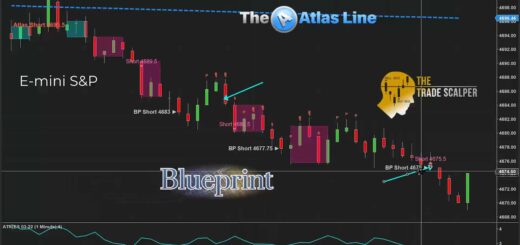AutoPilot Trading System: Setting Profit Targets at $500 or $1000
Greetings, and welcome to our blog! Today, on October 18th, we embark on a journey through the fascinating world of autopilot trading with the assistance of an eight-range chart. We’ll be using a tailor-made template and specific settings to guide us through this trading experience. However, it’s imperative to remember that trading carries inherent risks, so only invest what you can comfortably afford to lose.
Setting the Scene
Our trading adventure kicks off around 10:20 AM, and we’ll be customizing our system to align with the prevailing market conditions. The essential settings we’ll be exploring are as follows:
- Immediate Activation: Instead of waiting for the next trade signal, we’ll set the system to commence trading right away.
- Daily Profit Target: Our objective is to achieve a daily profit of $1,000. The system will automatically cease trading when this target is met.
- Daily Loss Limit: To effectively manage risk, we will also establish a daily loss limit of $1,000. The system will shut down when this limit is reached.
Trading in Motion
Now, let’s dive into the operational aspects of this system using a practical example:
- Initial Trade: Our trading session begins with a long position entered at 10:15, at a price of 4384. This trade proves successful, as the trailing stop executes an exit at 4389.
- Subsequent Trade: As we initiate the system, it enters a short position at 4389. This entry is based on the prevailing signal, which means our entry price may be better, the same, or worse than the previous trade.
- Profit Limit Attained: If our collective trades yield a profit of $1,000, the system will automatically cease trading for the day.
- Loss Limit Achieved: In a similar vein, if we reach a daily loss of $1,000, the system will initiate an automatic shutdown.
Advanced Configurations
To fine-tune your trading experience with this system, consider these supplementary settings:
- Max Bars in a Loss: You have the flexibility to configure the system to close a position if it experiences a set number of bars in a losing streak, such as two. This is a conservative approach.
- Max Bars without Profit: The system can also be configured to close a position if it doesn’t attain the profit target within a predetermined number of bars.
- Trailing Stop: The system deploys a dynamic trailing stop that adapts to market conditions, facilitating responsive trade management.
- Break-Even Option: If a trade moves a certain distance in your favor, it can be adjusted to break even, protecting your initial capital.
- Ultimate Target: The system continually strives to achieve a daily profit goal, in this case, $1,000.
Conclusion
In today’s session, we had the opportunity to witness the autopilot trading system in action. It successfully achieved the predetermined daily profit target, and we gained insights into how to configure vital parameters to mitigate risk and secure profits. It’s essential to recognize that this is just one approach to trading, and your strategy should always align with your risk tolerance and trading objectives.
For any questions or further information about the autopilot trading system, don’t hesitate to visit our website at daytradetowin.com or email us. We trust that this guide has provided you with valuable insights into the world of automated trading. Stay tuned for upcoming blog posts, where we will delve deeper into trading tips and strategies. Happy trading!




